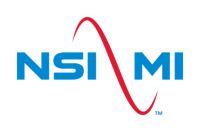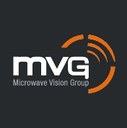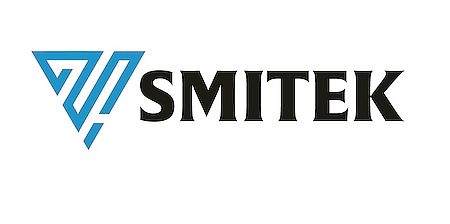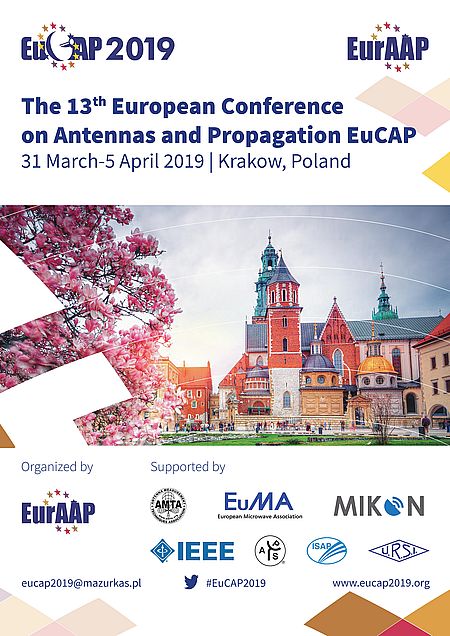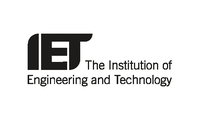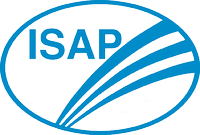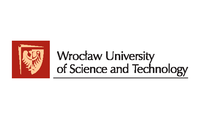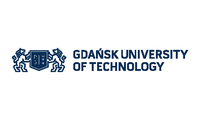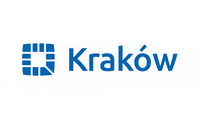Wireless Communications with Unmanned Aerial Vehicles: from Wi-Fi and LTE to 5G
Biography
Evgenii Vinogradov received the Dipl. Engineer degree in Radio Engineering and Telecommunications from Saint-Petersburg Electrotechnical University (Russia), in 2009. After several years of working in the field of mobile communications, he joined UCL (Belgium) in 2013, where he obtained his Ph.D. degree in 2017. His doctoral research interests focused on multidimensional radio propagation channel modeling. In 2017, Evgenii joined the electrical engineering department at KU Leuven (Belgium) where he is working on wireless communications with UAVs. He has given various invited talks and a tutorial related to UAV communication to the industry and academic audiences.
Sofie Pollin obtained her PhD at KU Leuven in 2006. She continued her research on wireless communication at UC Berkeley. In November 2008 she returned to imec to become a principal scientist in the green radio team. Since 2012, she is professor at the electrical engineering department at KU Leuven. Her research centers around Networked Systems that require networks that are ever more dense, heterogeneous, battery powered and spectrum constrained. She has been working on drone communication since 2012, and given various invited talks on the topic, and authored invited book chapters, journals and tutorials related to UAV communication. She is also co-founder of the ACM workshop DroNET, focusing on drone communication and networks. Prof. Pollin has experience with tutorials at academic conferences such as ICC or Crowncom, or mixed industry/academic fora such as Embedded Silicon West or the SDR forum.
Abstract
The growing use of Unmanned Aerial Vehicles~(UAVs) for various applications requires ubiquitous and reliable connectivity for safe control and data exchange between these devices and ground terminals. Depending on the application, UAV-mounted wireless equipment can either be an aerial user equipment (AUE) that co-exists with the terrestrial users, or it can be a part of wireless infrastructure providing a range of services to the ground users. For instance, AUE can be used for real-time search and rescue and Aerial Base Station (ABS) can enhance coverage, capacity, and energy efficiency of wireless networks. We will start with discussing the open challenges of communication with UAVs. To give answers to the posed questions, we will focus on the UAV communication basics, providing the channel modeling background and giving guidelines on how various channel models should be used. Next, theoretical, simulation- and measurement-based approaches to address the key challenges for AUE usage will be presented (for several frequency bands). Moreover, we will provide a comprehensive overview on how UAV-mounted equipment (e.g. ABS) can be used as a part of the communication network. Based on the theoretical analysis, we will show how various network parameters (for example coverage area of ABSs, power efficiency, or user localization error) can be optimized. Finally, we will discuss how to ensure the safe use of UAVs via various RF-based techniques for detecting the presence of UAVs in the airspace (including Machine Learning and Passive Coherent Location techniques).
Course Outline
Material in the course will be presented using slides (3 hours with a 15 minutes break in the middle)
- Introduction: i) Applications of UAVs ii) wireless communication links for UAV communication [20 min]
- Channel modelling fundamentals: i) Channel components, ii) Popular models for large and small-scale fading mechanisms iii) future works [30 min]
- Performance of LTE and Wi-Fi for aerial users estimated via: i) theory, ii) simulations and iii) measurements [15 min]
- Adapting millimeter waves for cellular-connected UAVs: i) comparison with LTE, ii) Interference cancellation, beamforming, iii) Future works [20 min]
- Aerial Base stations for future cellular networks: i) Motivation and challenges, ii) Network design (power, optimal positioning, coverage, capacity, achievable rates), iii) Future works [25 min]
- UAV detection: i) Passive RF sensing, ii) Radar, iii) Future works [25 min]
- Localisation: i) of an intruder drone, ii) of ground nodes, iii) Future works [20 min]
- Conclusions, questions, and discussions [10 min]


